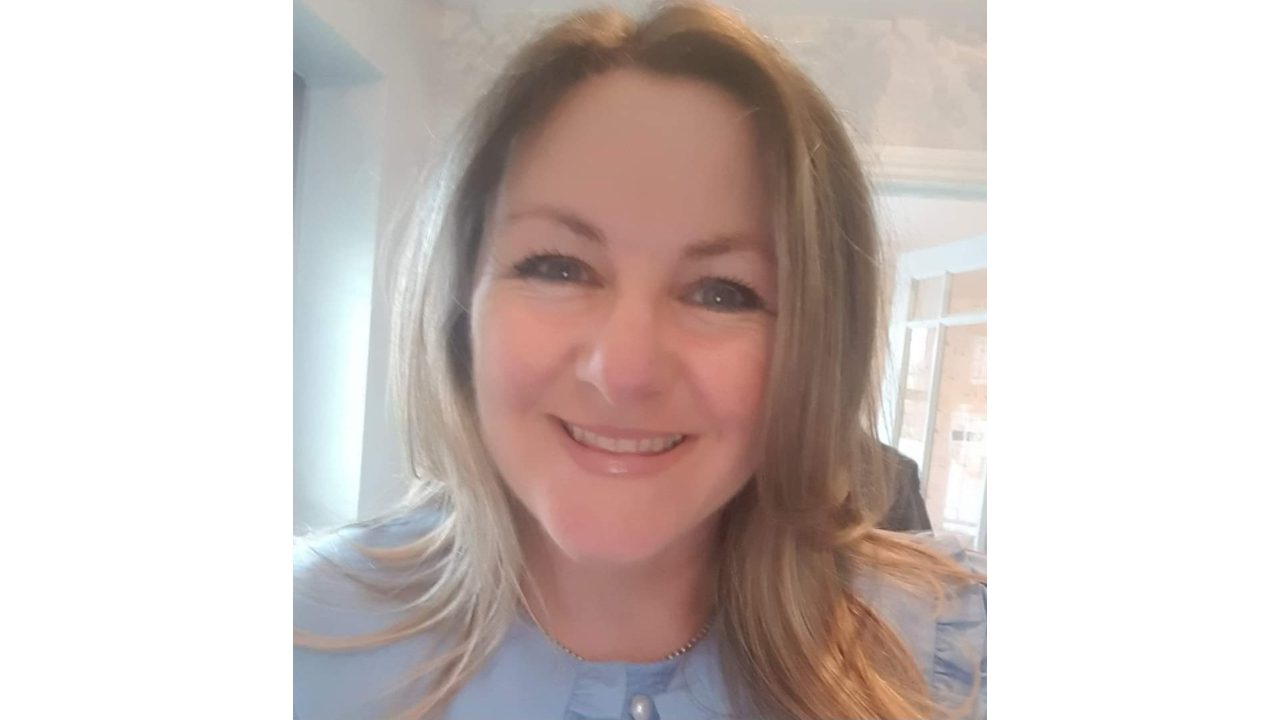Professional title(s): Kinesiologist Dip.K.A
Local Treatments: Yes
Kinesiology is a complementary health therapy using manual muscle testing techniques. Kinesiology was developed by Dr George Goodheart in 1964 using simple muscle testing to identify strong and weak muscles. A muscle will test either strong or weak based on the nervous system control of the muscle, responding similar to a switch. When a weak muscle is identified, techniques including holding neurovascular points on the head, massaging neurolymphatic points on the body and running acupuncture meridian points will be used to improve muscle strength.
Suggestions will be made to strengthen a weak muscle including nutritional support, dietary and lifestyle changes as well as setting tasks to facilitate change within the body.
Kinesiology is based on the theory that manual muscle testing can provide information about imbalances and stresses in the body. A kinesiologist does not diagnose or treat, instead they work with the client to explore how to bring the body back into balance. This may involve massaging specific points, providing suggestions such as nutritional supplements, relaxation techniques, lifestyle changes, flower essences and more.
In a kinesiology session, the client remains fully clothed. The kinesiologist will place the client’s arm or leg into a specific position and will apply a light pressure against the muscle that is being tested while the client is asked to match the pressure. At no time should the client experience pain or discomfort with the testing.
Kinesiology is a relaxing, non-invasive therapy which encourages a sense of well-being. As such it may be helpful to those seeking relief from a range of minor symptoms and to ease emotional, physical or mental stress.
Loading...
No Records Found
Sorry, no records were found. Please adjust your search criteria and try again.
Maps failed to load
Sorry, unable to load the Maps API.
Share this Practitioner
Updated:
12 April, 2024
